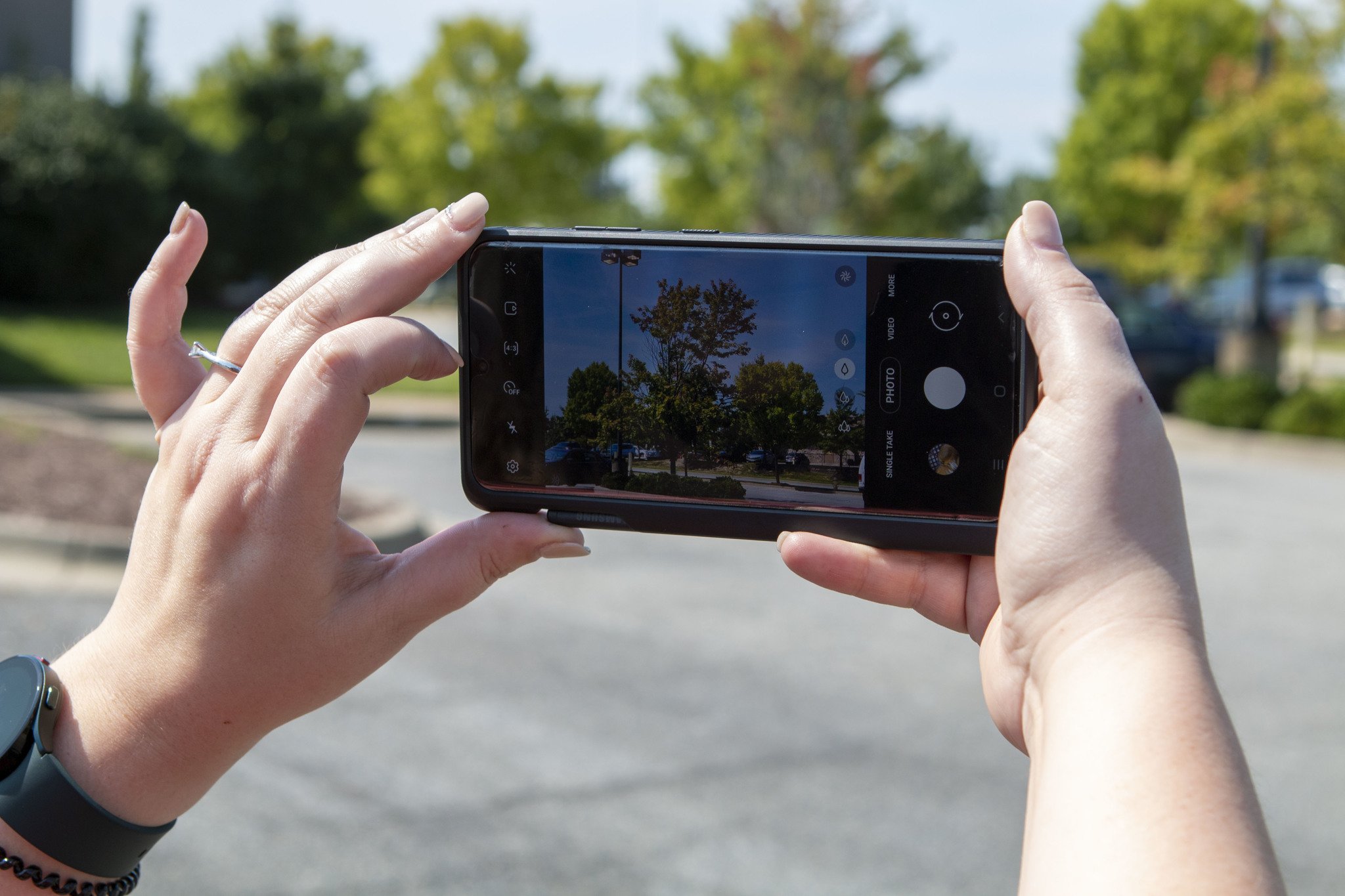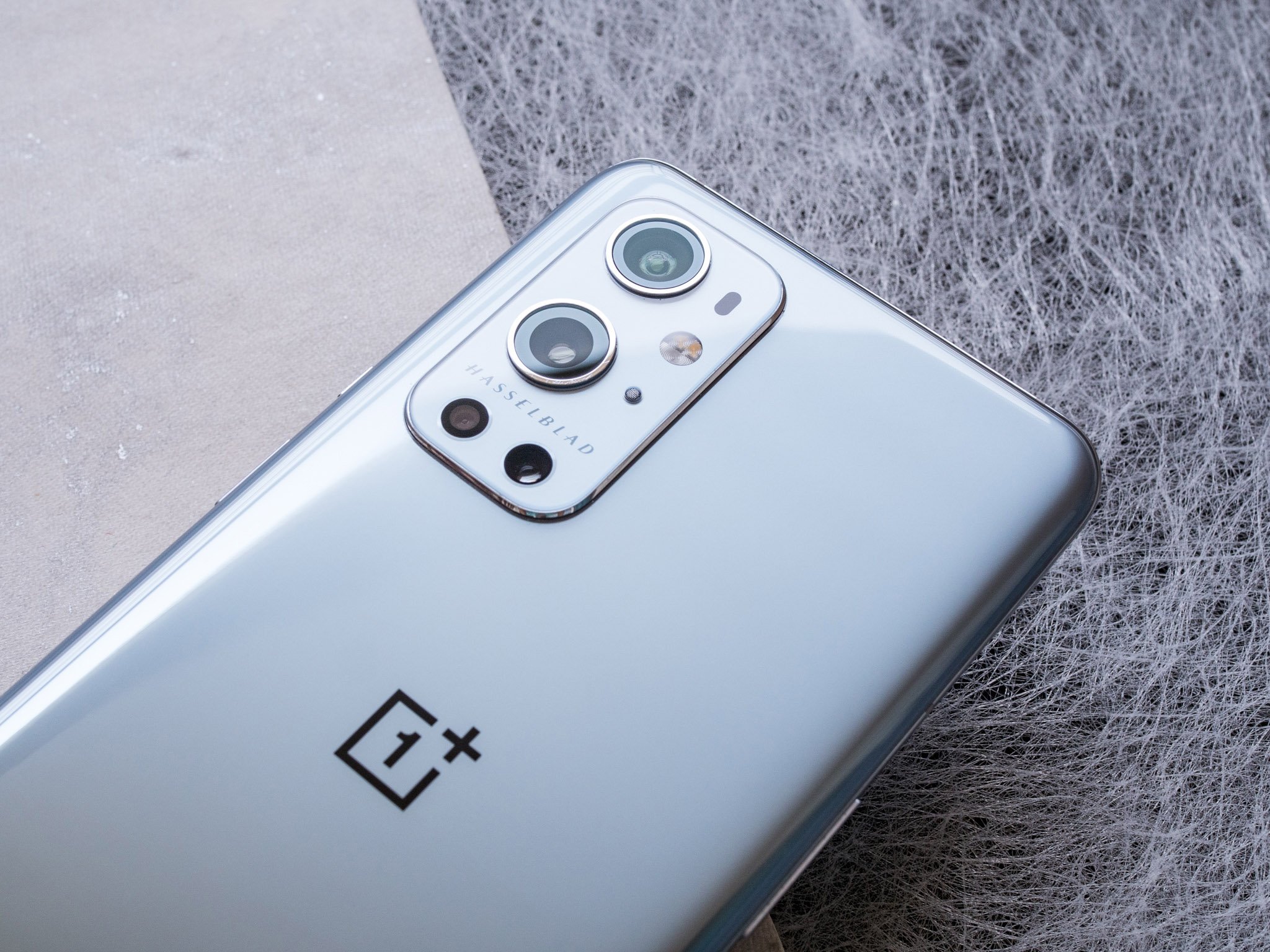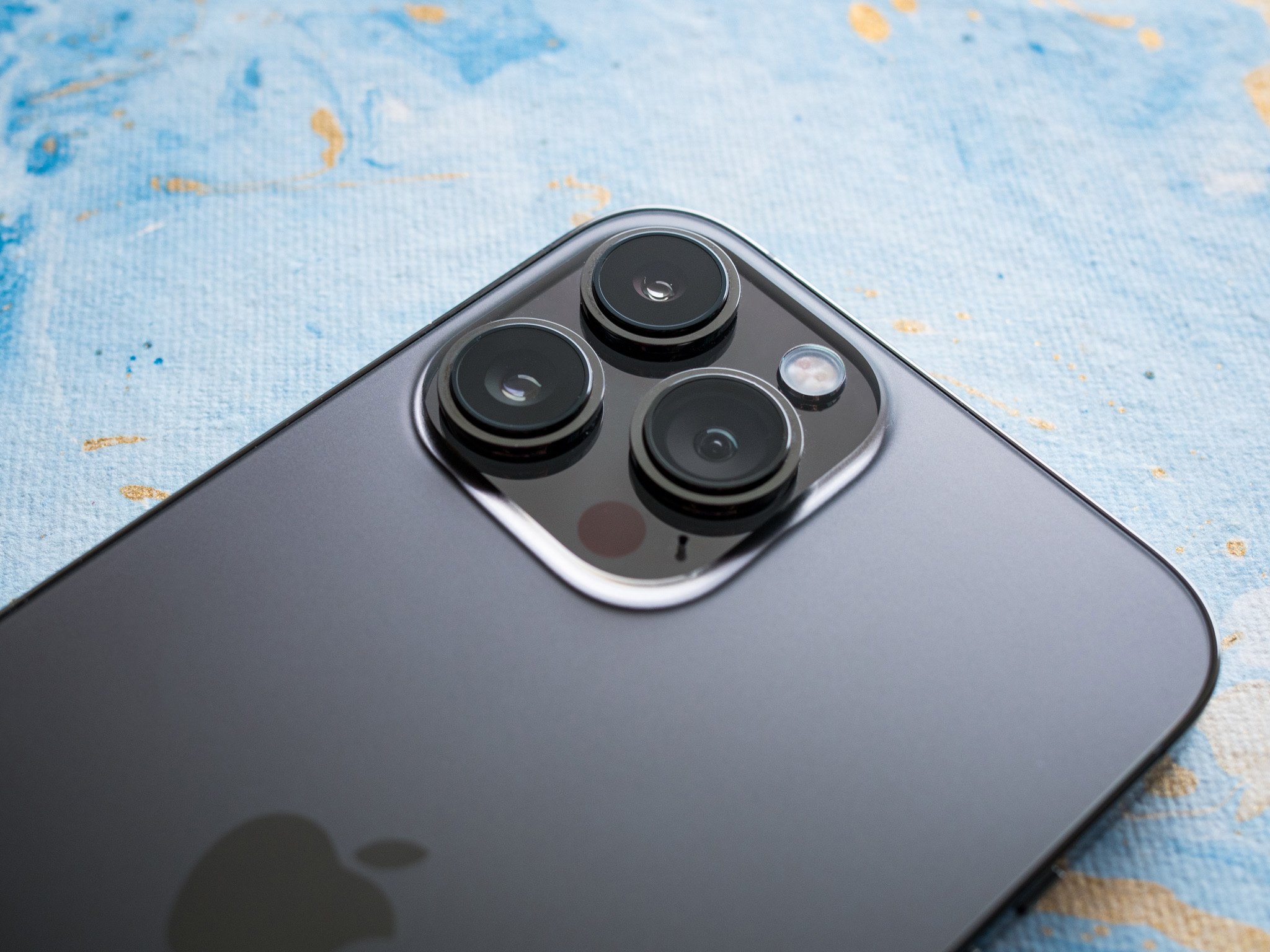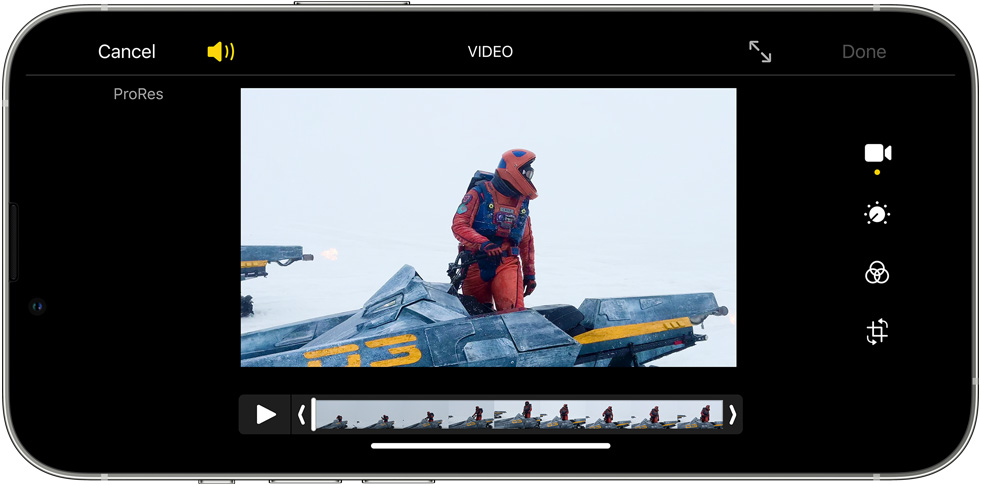For the most part, no matter what smartphone you buy, it's probably capable of snapping some pretty great pictures. And if you jump into the cameras Pro Mode, you can practically remove the need for using a DSLR thanks to the upgrades we've seen in both the actual sensors and software processing. So it doesn't matter whether it's the iPhone 13 Pro Max or the OnePlus 9 Pro — the smartphone market has almost plateaued.
It's part of the reason why we're seeing more companies focus on "gimmicky" features like being able to snap photos of the moon. Now, I'm not 100% convinced that there isn't some black magic going on to turn a picture of a potato in the sky into an actual clear image of the man on the moon. But I digress.
Photography on mobile devices reached its peak, at least until newer camera sensors are developed for smartphones. So what's next? In my opinion, it's videography.
Gone are the days where you have to use a compact camera to record your kids playing or just to record something else that's memorable. Instead, the compact camera lives in your pocket or bag and fires up in no time. And even though we have phones like the Galaxy S21 Ultra that can record 8K video, it's not the greatest experience to do so.
Video recording has its series of limitations, and unless you opt for a specific device like the Sony Xperia 1 III with its multitude of camera features, your videos might fall a bit short. We're living in an age where anyone can just hit record on their phones and upload a video to YouTube. TikTok is all the rage now, and it doesn't look like it's slowing down anytime soon.
Video recording on Android is ... not great
Moving past that, though, we're at a bit of an impasse on the Android side of things. Most recently, the Pixel 5a went through a bit of controversy, as Google's latest device suffered from overheating issues when recording 4K video. As a result, the phone only records 4K video for less than 10 minutes before the phone gives you a warning.
This is even more frustrating because it's not like the Pixel 5a is the only device with these issues. Over the past year, we've seen similar problems plague the likes of the OnePlus 9 Pro and the Galaxy S21 Ultra. Consistent issues with some of the best Android phones include the Snapdragon 888's chipset running too hot. Since this also occurs with the Pixel 5a and its mid-tier Snapdragon 765G chipset, it looks like it's more of a Qualcomm problem than anything.
One series of devices has seemingly managed to avoid this trend, and that's the iPhone. Say what you will, but Apple's custom-designed silicon has withstood any of these problems and continues to be the best smartphone for video recording. Some YouTube creators like Austin Evans have started using iPhones as "b-roll" cameras because whatever Apple is doing is working.
What's even crazier is that Apple has somewhat taken to Google's approach (until the Pixel 6 lands) by using a trio of 12MP sensors every year. The difference is that Apple almost always uses upgraded sensors with every release, but it's still just a trio of 12MP lenses. These aren't going to grab headlines like the Galaxy S21 Ultra's 108MP primary sensor or the 200MP Samsung ISOCELL HP1 sensor that will be coming to smartphones soon.
Non-gimmicky features
And it's not like Apple is staying stagnant with its camera feature-set either, as evidenced by a gimmicky Cinematic Mode arriving with the iPhone 13 series. A better example is Apple ProRes, which Apple describes as the following:
Apple ProRes codecs provide an unparalleled combination of multistream, real-time editing performance, impressive image quality, and reduced storage rates. ProRes codecs take full advantage of multicore processing and feature fast, reduced-resolution decoding modes.
That is from the Apple ProRes White Paper, that was released back in January 2020. So why does ProRes matter with the iPhone 13 Pro and Pro Max? That's because these will be the first smartphones capable of recording using these codecs.
The first primary benefit of recording with Apple ProRes is that the formatting will retain more detail in the video file. In most cases, video recording on mobile devices is compressed, which is why you end up with less-than-stellar footage even though your phone is supposedly capable of much more.
But the ProRes format isn't without its caveats. Apple states you can only use this with the iPhone 13 Pro and 13 Pro Max, provided you have at least the 256GB model. According to some reports, recording just one minute of 4K ProRes video will result in a 6GB file being stored on your iPhone. It's definitely a frustrating limitation for some, but if you planned on using your iPhone to record videos regularly, you probably opted for a higher storage option anyways.
The battle isn't over
All of this is to say that if the Android world wants to try and make a go and cut Apple down a peg or two, it needs a device that can swing for the fences without compromise. Perhaps that will be the Pixel 6 Pro, with the Google Tensor processor handling all of the heavy lifting.
But until that day arrives, the iPhone 13 Pro and Pro Max will remain the best smartphones for recording video. It's disappointing given the quality-parity between the best Android camera phones and the iPhone. The next mobile battleground is videography, and the Android world has a lot of work left to do to catch up to Apple.




Tidak ada komentar:
Posting Komentar